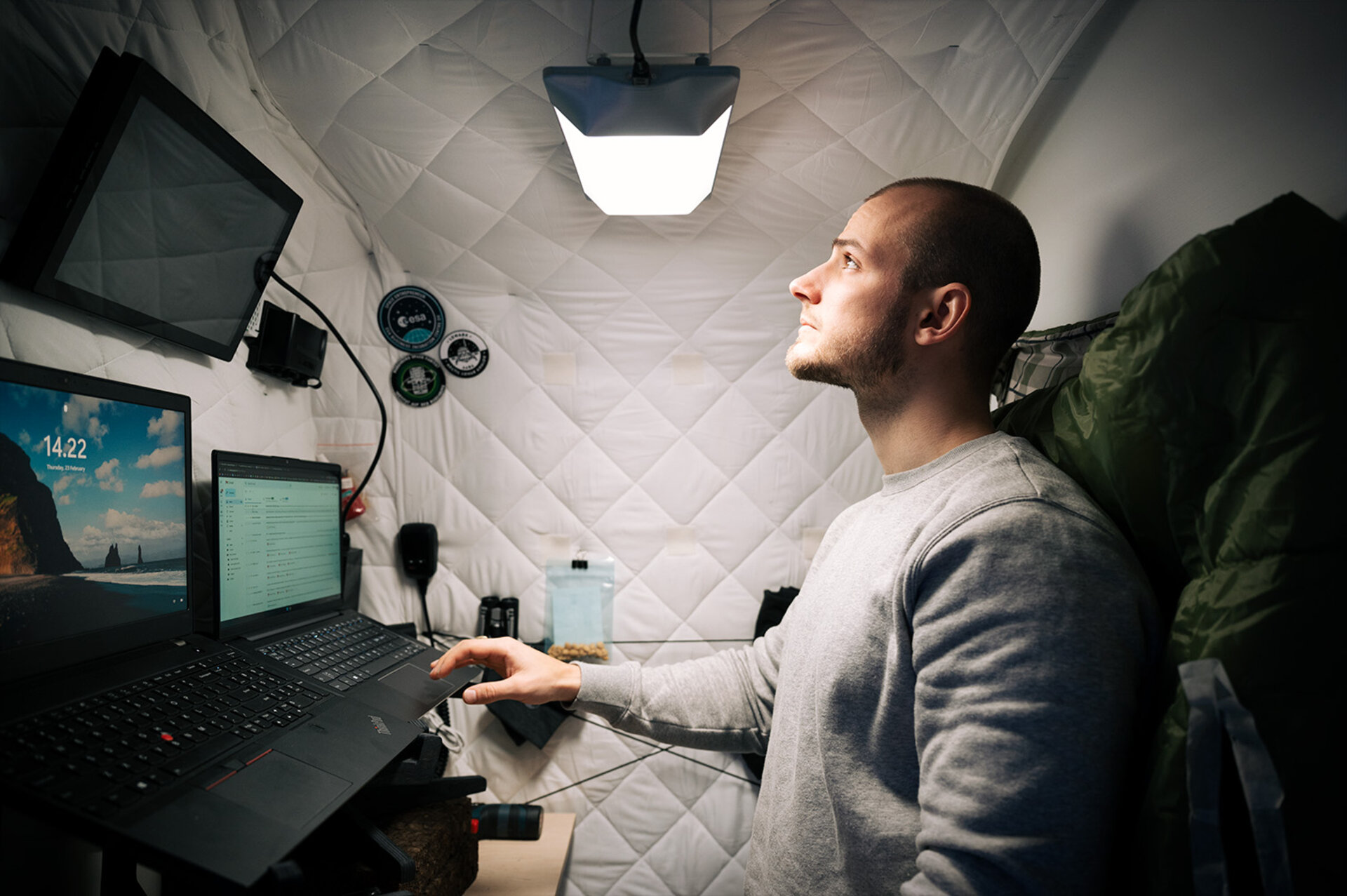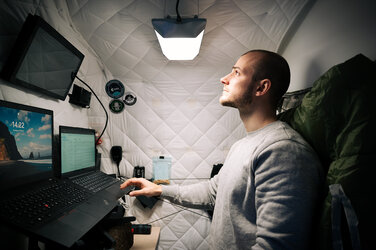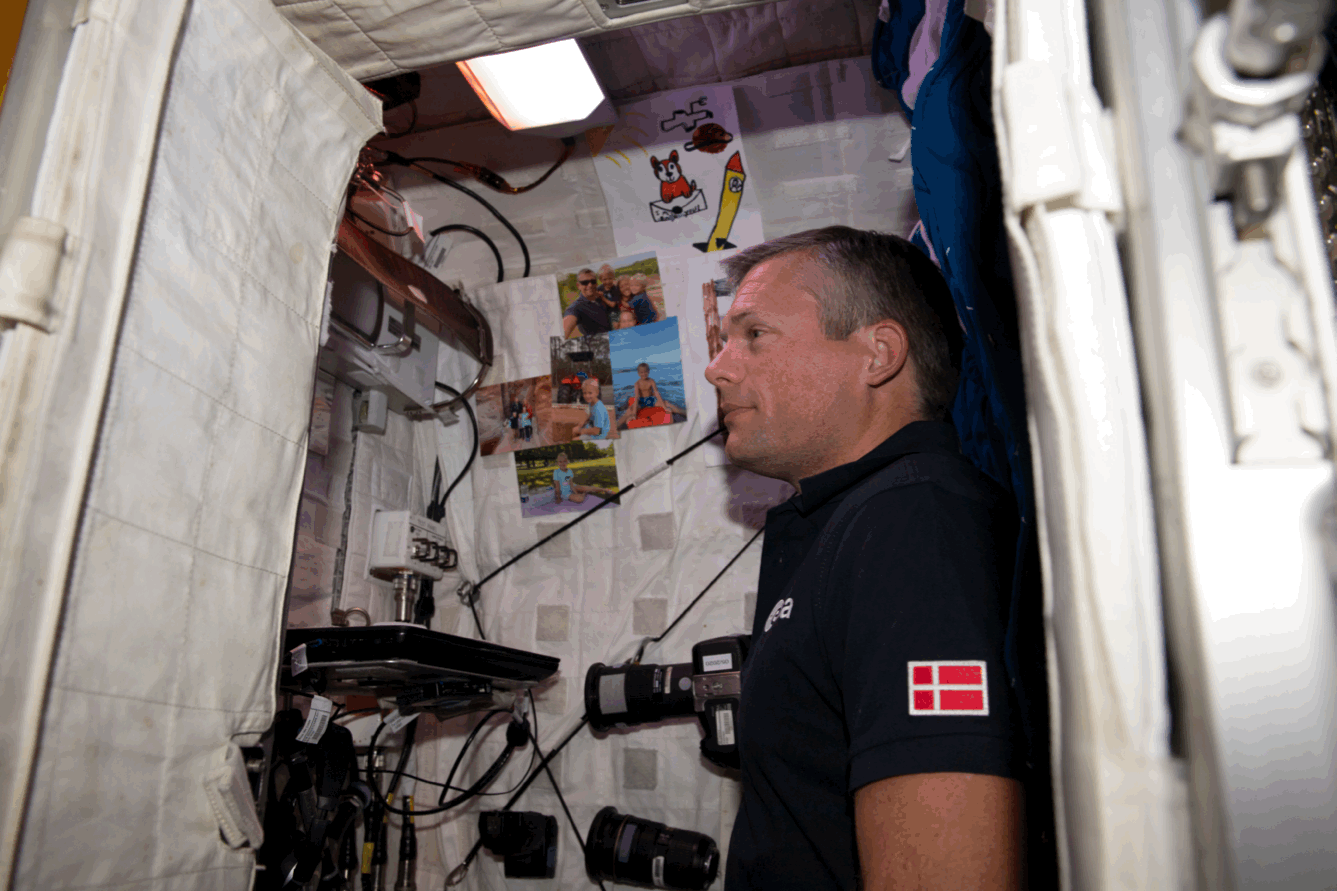

Circadian light on for better sleep
ESA astronaut Andreas Mogensen is running the Circadian Light experiment during his Huginn mission.
The Circadian Light experiment is developed by SAGA Space Architects from Copenhagen, Denmark. The team created a lamp designed to support the circadian rhythm of astronauts in space.
Circadian rhythm describes the physical, mental and behavioural changes our bodies undergo over a period of about 24 hours. Our internal clock is linked to the body’s core temperature, which varies throughout the day, and triggers our metabolism and sleep cycle. Light exposure is obviously a factor influencing our rhythm as humans tend to wake up during the day and sleep at night.
The Circadian Light was tested by the two founders of SAGA on a two-month expedition to Greenland, where they found that the light was important to keep a regular schedule and help orient them in time.





